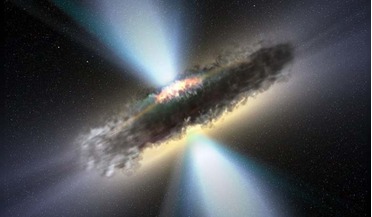 30 March 2016
Have astronomers found the signatures of the very first black holes formed through the collapse of gas clouds?
30 March 2016
Have astronomers found the signatures of the very first black holes formed through the collapse of gas clouds?
...Universe (see https://room.eu.com/news/Using_gravitational_waves...). By a combination of either mergers or through accretion of gas onto the newly formed primordial stellar black hole, these processes offer a natural way in which to grow black holes...
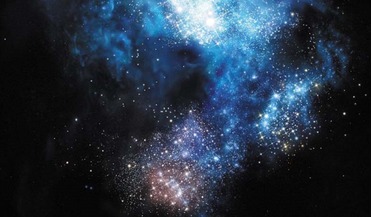 21 March 2016
Using gravitational waves to search for Population III stars
21 March 2016
Using gravitational waves to search for Population III stars
... forming stars. If this is indeed the case, then it is surmised that Population III stars are composed entirely of primordial gas – hydrogen, helium and very small amounts of lithium and beryllium and is therefore pristine material left over...
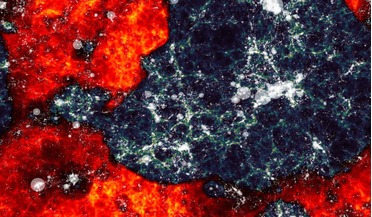 09 September 2019
Ancient light helps to unravel cosmic "dark age"
09 September 2019
Ancient light helps to unravel cosmic "dark age"
... describes the time when a dense, obscuring fog of primordial gas spread throughout the Universe, started to cool down allowing ...detect electromagnetic radiation emitted by neutral hydrogen - the EoR gas that would later form the first stars. So far...
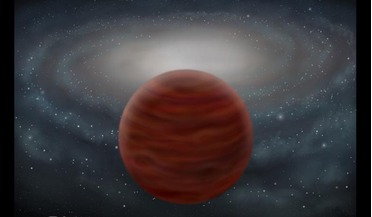 27 March 2017
Most massive and 'purest' brown dwarf found
27 March 2017
Most massive and 'purest' brown dwarf found
... years ago, SDSS J0104+1535 is also made of gas that consists of more than 99.99% hydrogen and helium. Brown...It was not previously known if brown dwarfs could form from such primordial gas, and the discovery is tantalising as it points the way to what...
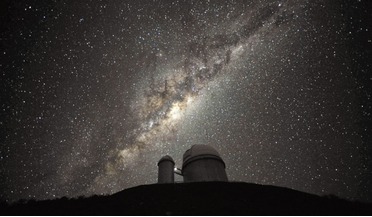 08 March 2021
New study determines best place and time to live in the Milky Way
08 March 2021
New study determines best place and time to live in the Milky Way
... the periphery,” adds co-author Francesco Haardt, professor at the University of Insubria and INAF associate. “Consequently, the primordial gas of hydrogen and helium was enriched with heavier elements (oxygen, carbon, nitrogen) quickly in the center...